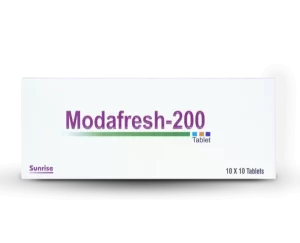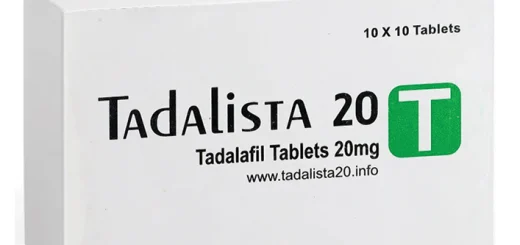Can Children Have Sleep Apnea?
A child with sleep apnea will have periodic pauses in breathing while they are sleeping. Airway blockage due to factors like relaxed throat muscles is one cause of this. Types include central sleep apnea (CSA) and obstructive sleep apnea (OSA). Symptoms include excessive snoring, shallow breathing, interrupted sleep, daytime sleepiness, and an inability to focus. Polysomnography assists in diagnosis by detecting sleep-related changes in breathing, oxygen, and brain activity.
Treatment options comprise apnea and tonsil removal surgery, CPAP, and behavioral changes.
Untreated sleep apnea can cause cardiovascular disease, behavioral issues, stunted growth, and learning impairments. Quick intervention and care can prevent long-term issues and improve a child’s quality of life. Your health and well-being can get a lot better with regular checkups and the right care.
Causes and Symptoms of Sleep Apnea in Children
There are several potential causes of sleep apnea in children, such as:
Tonsils and Adenoids
These soft tissues in the back of the throat may become enlarged and cause breathing issues while sleeping.
Obesity
Being overweight makes it more likely that you may have trouble breathing while you sleep because your airway will already be narrowed.
Craniofacial Abnormalities
Sleep apnea risk factors include craniofacial abnormalities, which occur when certain features of the face or skull block airflow.
Neuromuscular Disorders
The muscles that control breathing while we sleep might become dysfunctional due to neuromuscular disorders, which impact nerve function or muscle tone.
Family History
If there is a history of sleep apnea in the patient’s family, genetic factors may contribute to the development of the disorder in children.
Symptoms of sleep apnea in children
Symptoms of sleep apnea in kids may include:
Snoring Loudly
Chronic, loud snoring can be a sign of sleep apnea, especially when it occurs in conjunction with brief breathing pauses or gasping for air while you’re asleep.
Restless Sleep
Children who suffer from sleep apnea may display symptoms of restless sleep, such as tossing and turning during the night.
Breathing Through the Mouth
If you have trouble breathing through your nose and find yourself inhaling through your mouth as you sleep, it may be a sign of airflow obstruction.
Daytime Sleepiness
Excessive daytime drowsiness or chronic weariness could be symptoms of sleep apnea, which disrupts normal sleep cycles.
Behavioral Issues
Children who experience sleep apnea may display behavioral issues such as restlessness, impulsivity, or trouble focusing.
Diagnosis and Treatment Options for Sleep Apnea
Children’s sleep apnea is usually diagnosed with a complete medical history, physical exam, and polysomnography. The medical history takes into account snoring, breathing pauses, daytime tiredness, and behavioral disorders. To discover sleep-apnea-causing abnormalities such as enlarged tonsils or adenoids, throat, mouth, and neck exams are performed. Home sleep apnea testing and sleep lab investigations provide precise data on breathing patterns, oxygen levels, and other sleep-related characteristics, assisting in diagnosis.
The etiology, severity, and individual circumstances determine pediatric sleep apnea treatment. Childhood obstructive sleep apnea patients with big tonsils and adenoids are commonly treated with adenotonsillectomy. In circumstances where surgery is not possible or as an additional therapy, CPAP can keep the airway open during sleep. Overweight or obese children may get weight management, orthodontic procedures for craniofacial anomalies, positioning therapy, medicines, and lifestyle changes. Professionals analyze the child’s condition to determine the best treatment to enhance sleep and well-being.
Tips for Parents: Managing Sleep Apnea in Children
Medical treatments and behavioral modifications work together to manage sleep apnea in children. Here are some tips and some advice for parents:
- Make sure you follow your healthcare provider’s recommendations about treatment modalities like CPAP therapy or adenotonsillectomy.
- Create a regular nighttime routine and make sure your bedroom is quiet and comfortable so that you can get a good night’s rest.
- Keep a record of your symptoms and how well you sleep so you can see how your treatments are working and notice any changes.
- To alleviate the symptoms of sleep apnea, it is important to work with healthcare providers to treat any co-occurring disorders, such as obesity or allergies.
- Those who are responsible for a child’s care or supervision should be educated on the signs of sleep apnea and how to treat it.







